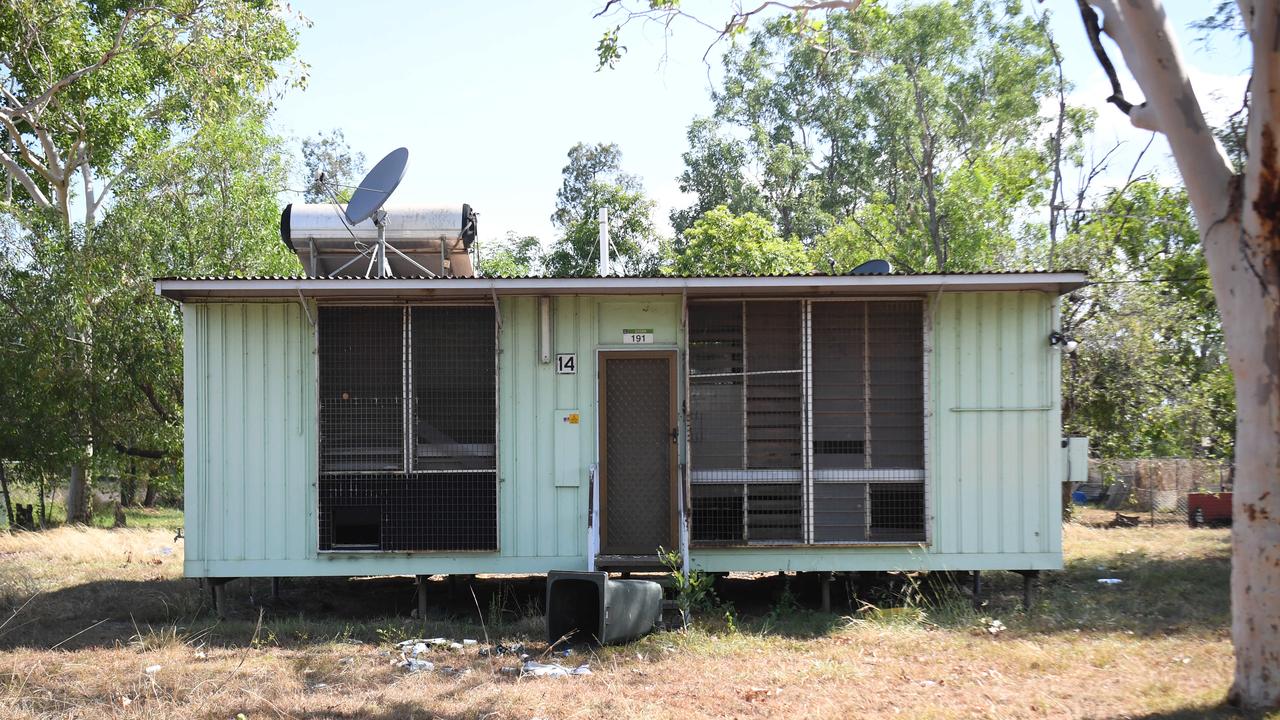Chansey Paech says NT govt has accelerated works to achieve bedroom target by mid-2023
Despite a bleak report from the national government auditor, the NT government is ‘confident’ it will successfully complete the $1.1bn remote housing rollout on schedule.
UPDATE: DESPITE a bleak report from the national government auditor, the NT government is “confident” it will successfully complete the $1.1bn remote housing rollout on schedule.
A report published on Tuesday by the Australian National Audit Office (ANAO) revealed just 19 per cent of bedrooms had been completed as the funding project passed the halfway mark.
The Central Land Council (CLC) said the slow progress of government demonstrated the need for urgent reforms to bring down the number of Aboriginal people living in overcrowded conditions.
“The audit report found that more than half of our houses are still overcrowded,” CLC chairman Sammy Wilson said. “Overcrowding kills, as this pandemic has shown once again, because our growing families can’t safely isolate from the virus. How many more reports do governments need until they admit that they are not reducing overcrowding fast enough?”
But Remote Housing Minister Chansey Paech said the NT government, in partnership with the commonwealth and NT land councils, had responded to program delivery challenges by accelerating works through to June 2023 in order to deliver the agreed target of 1950 bedrooms.
“We are confident the program will be successfully completed by June 2023, and that the partnership … will continue to go from strength to strength,” he said.
Mr Paech said that as part of the accelerated works, there was $454.7m worth of current and tenders in the pipeline to deliver new homes and refurbishments.
EARLIER: THE national government auditor has released a scathing report on the Northern Territory’s remote housing rollout, revealing just 19 per cent of bedrooms had been completed as the funding project passed the halfway mark.
Published on Tuesday by the Australian National Audit Office (ANAO), the report concluded the federal government’s administration of funding had been “partly effective” and made a series of recommendations to help achieve better outcomes for the program, which seeks to deliver 1950 new bedrooms between 2018-2023.
The ANAO also found there were “significant weaknesses” in the partnership in place between the federal and Territory governments, which each committed $550m over five years to tackle the disastrous overcrowding rates and living conditions in remote NT communities.
The report went as far as to point out advice provided to the Indigenous Australians minister failed to include “analysis of some of the (partnership’s) key parameters”.
The National Indigenous Australian Agency (NIAA) administers the partnership on behalf of the Commonwealth.
“NIAA has not fully developed or implemented a risk-based approach to determining what assurance is necessary to verify the NT government’s achievement against partnership targets,” the report stated.

“Some important elements, including a full description of outcomes and outputs and provision for risk management, were not adequately covered in the implementation plan. The implementation plan also lacks clarity and specificity.”
However, the auditors did commend the NIAA for ensuring that federal government investments in remote housing in the NT delivered outside the national partnership were “not duplicative”.
The ANAO recommended the NIAA revise the implementation plan to better “support public accountability” by providing information on how both levels of government will achieve the desired outcomes.
Further recommendations were made focusing on gaining assurance over information reported by the NT government and the implementation of the local decision-making process, as well as developing a risk management plan.
The NIAA has agreed to all five recommendations.
As at September 2021, 54 per cent of houses in remote Indigenous communities in the NT were considered overcrowded.




